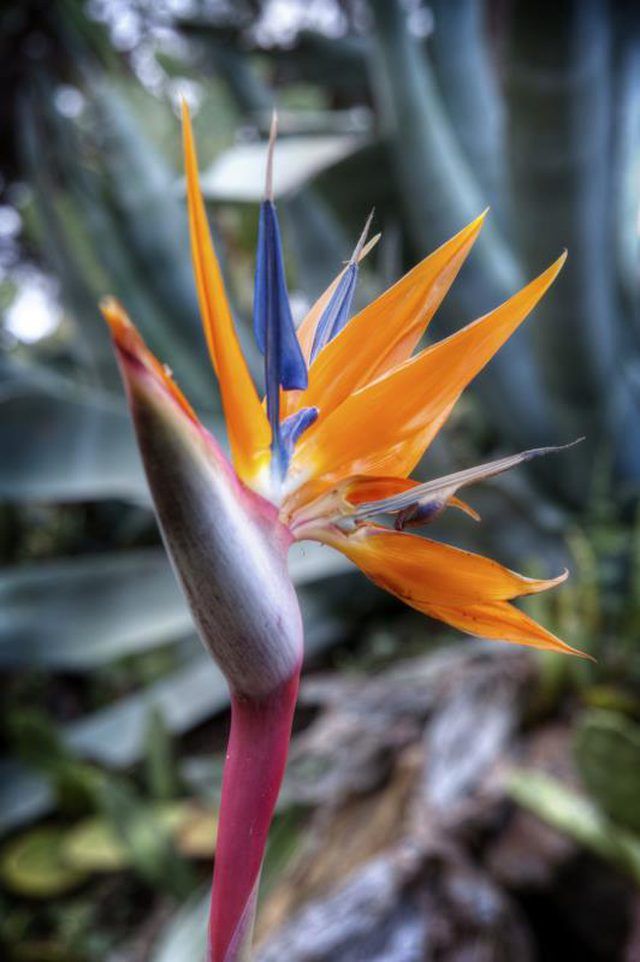Bulbs
Flower Basics
Flower Beds & Specialty Gardens
Flower Garden
Garden Furniture
Garden Gnomes
Garden Seeds
Garden Sheds
Garden Statues
Garden Tools & Supplies
Gardening Basics
Green & Organic
Groundcovers & Vines
Growing Annuals
Growing Basil
Growing Beans
Growing Berries
Growing Blueberries
Growing Cactus
Growing Corn
Growing Cotton
Growing Edibles
Growing Flowers
Growing Garlic
Growing Grapes
Growing Grass
Growing Herbs
Growing Jasmine
Growing Mint
Growing Mushrooms
Orchids
Growing Peanuts
Growing Perennials
Growing Plants
Growing Rosemary
Growing Roses
Growing Strawberries
Growing Sunflowers
Growing Thyme
Growing Tomatoes
Growing Tulips
Growing Vegetables
Herb Basics
Herb Garden
Indoor Growing
Landscaping Basics
Landscaping Patios
Landscaping Plants
Landscaping Shrubs
Landscaping Trees
Landscaping Walks & Pathways
Lawn Basics
Lawn Maintenance
Lawn Mowers
Lawn Ornaments
Lawn Planting
Lawn Tools
Outdoor Growing
Overall Landscape Planning
Pests, Weeds & Problems
Plant Basics
Rock Garden
Rose Garden
Shrubs
Soil
Specialty Gardens
Trees
Vegetable Garden
Yard Maintenance
Why Won't My Bird of Paradise Plant Flower?
Why Won't My Bird of Paradise Plant Flower?. The standard bird of paradise (*Strelitzia reginae*) grows 6 feet tall with orange, blue and white heron’s head-shaped flowers, while the giant variety (*Strelitzia nicolai*) can reach a height of 30 feet with blue and white blooms. Hardy in U.S. Department of Agriculture plant hardiness zones 9 to...

The standard bird of paradise (Strelitzia reginae) grows 6 feet tall with orange, blue and white heronís head-shaped flowers, while the giant variety (Strelitzia nicolai) can reach a height of 30 feet with blue and white blooms. Hardy in U.S. Department of Agriculture plant hardiness zones 9 to 11 and often used as a houseplant elsewhere, bird of paradise leaves and seeds are considered mildly toxic and should not be consumed. The plant may prove difficult to bring into flower if it is immature, improperly planted, sun-deprived, over-indulged or indoors year-round.
It's Growing Up
A bird of paradise plant started from seed usually wonít flower until it is at least 3 to 5 years old. Even one propagated by division may take the same amount of time to establish itself in a new setting. The plant usually needs to form a large clump, either in the ground or a pot, before it begins to bloom, and will flower best when somewhat pot-bound or crowded. For that reason, refrain from disturbing your plant once it is in place, or it may need to start the establishment period all over again.
It's in Too Deep
When setting a bird of paradise in the ground or a pot, make sure that you donít bury its tuberous roots too deeply, as that also may delay flowering. Instead, position the plant so that the crown of its root ball lies even with the surface of the soil.
It's in the Dark
The bird of paradise flowers most prolifically in full sun, though those blooms generally will be smaller than the fewer ones produced in partial shade. The plant may not flower at all in full shade. For the best results, place it in an area protected by a building or wall on the north but open to the south.
It's Fed Up
Both over-feeding and over-watering will encourage new foliage on a bird of paradise rather than flowers. To prevent that problem, don't water an established in-ground plant except under drought conditions. Water a potted one only when its soil has dried out to a couple inches beneath the surface.
For the first two years after the bird of paradise is planted, feed it with a palm and tropical plants fertilizer to stimulate growth. Once it reaches 3 years of age, however, decrease the amount of nitrogen you give it by applying a high-phosphorus bloom-booster fertilizer less frequently instead.
For example, start with a granular organic palm fertilizer such as 6-4-6 -- nitrogen being the first number -- applying 1 cup per in-ground plant once every two months from March through September. In the third year, switch to a granular organic bloom-booster variety such as 4-10-7 -- phosphorous being the second number -- using 2 cups for each plant once every three months during the growing season. Water well before and after fertilizing.
It's in a Rut
The bird of paradise prefers a 15-degree difference between its daytime and nighttime temperatures. If growing in the ground outdoors, it probably will experience that difference automatically. However, an indoor plant often remains at the same temperature almost year-round. To coax it into bloom, you may need to move it outdoors during the summer months.